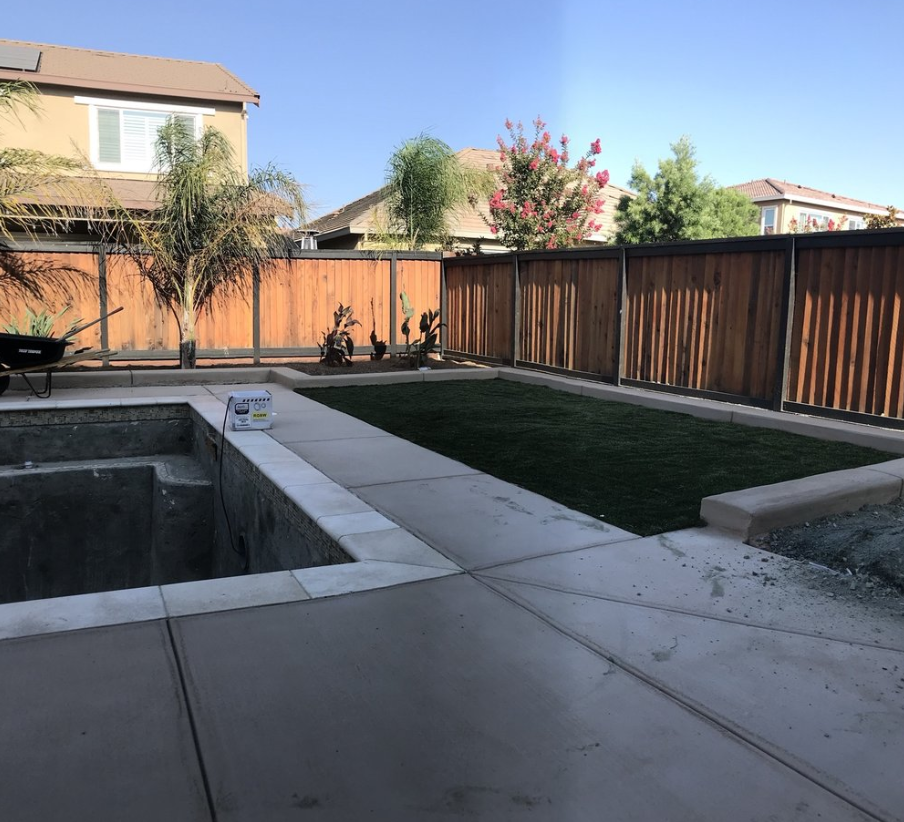Huntington Beach Cement Drying

Cement Drying Time
The process of drying concrete requires the provision of the right conditions for it to achieve the appropriate moisture and get to actual use. Achieving the right moisture condition is an important aspect in determining how long the concrete will take to dry. Essentially, how the concrete was mixed, the concentration of the components making the mixture, and how it was poured can have an impact on how long the concrete takes to dry.
The truth is, concrete never cures completely. Instead, it is always curing and hardening each day it is stepped on. To begin with, water mixes with cement, thereby hardening it gradually when the cement particles start reacting with the water. As the cement progressively bonds with the water molecules, the concrete hardens, but because of some tiny bubbles of moisture in the concrete, it keeps on hardening.
To understand more in Huntington Beach cement drying and other constructions needs, reach Huntington Beach Concrete Pros by dialing (714)-942-4406.
Factors Affecting Cement Drying Duration
Theoretically, concrete should reach a maximum of about 70 percent, preventing it from cracking within the first week. Overall, it needs to take at least 28 days after pouring and finishing it to be sure that it is resistant to cracking. Different factors, however, affect the actual time that a concrete surface may take to harden.
Cement Composition
The minerals in cement, as well as their ratios, can influence how long the cement will take to settle and harden. As different minerals have varying characteristics when they come into contact with water, the process may be sped or reduced substantially.
Cement Fineness
How fine cement is can be determined by the particles in it. The particles’ size further determines how fast or slow hydration, setting, and hardening of cement can happen.
Curing Conditions
The curing environment plays a bigger role too in the drying up of cement. The hydration, setting, and drying processes are sped up if the environment has enough temperatures and moisture. However, when the environment does not have enough moisture and the temperatures are a bit high, then this would result in the water used to evaporate, resulting in insufficient hydration, delayed hardening, and subsequent cracking.
When wintertime comes calling, the drying up of cement may be affected considerably too. The freeze-thaw problem may force water to freeze and expand within concrete. This can result in cracks developing in the concrete.
Admixtures
The admixtures used may also increase or reduce the time that cement takes to dry and harden. Since C3S and C3A constrain the processes of Portland cement hydration, setting, and hardening, any admixture that affects C3S and C3A will change the processes too. In this case, if the accelerators used include Na2S04 and CaC12, the processes may be accelerated while retarding agents like calcium lignosulphonate can delay them.
Storage Conditions
Before cement can be used, its storage can affect it’s setting and hardening time. Essentially, if it is exposed to moisture during storage, its particle surfaces will start to agglomerate as a result of hydration. This, in return, reduces the cement’s intensity and ability to harden normally.
Accelerants
Sometimes people use accelerants on cement to induce its hardening. In this case, the type of accelerants used will also have a say in how fast or slow the concrete surface will harden. If the surface needs to be used as soon as possible, the crew may decide to sue accelerants and speed up the curing process. Even though the concrete’s overall strength will not be as strong, it will eventually meet the requisite strength levels.
The factors above affect the setting and hardening of concrete differently. Therefore, the results, if cement is exposed to them, will vary. You can keep the following timeframes in mind as you wait for your concrete to dry:
Between 24 to 48 hours, the forms can be removed, and people may freely walk on the surface.
After the seventh day, the surface has partially cured, and moderate traffic from equipment and vehicle would be acceptable.
After the 28th day, the surface is now stable, and the concrete has fully cured.
Conclusion
Overall, and as indicated above, the entire drying up period for concrete is about one month. However, the concrete surface in question can be used sooner as long as it is not subjected to heavy pounding or traffic. It is also worth noting that every project will have the concrete settling and drying up at different intervals depending on the different factors expounded above.
Call Huntington Beach Concrete Pros at (714)-942-4406 to know more about cement drying.
